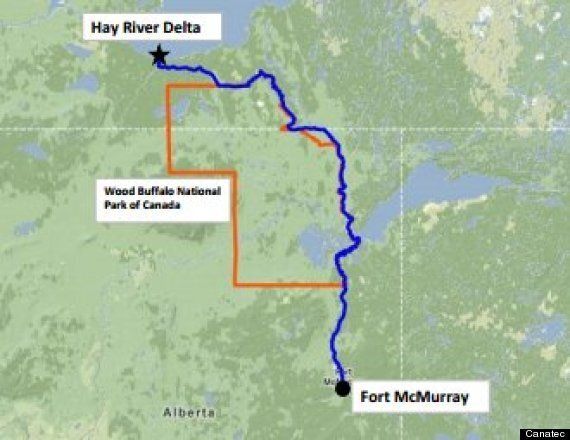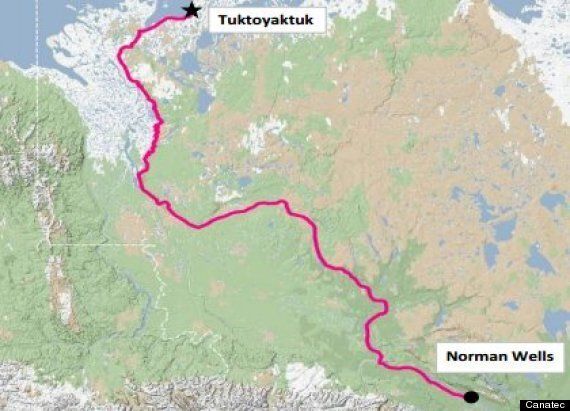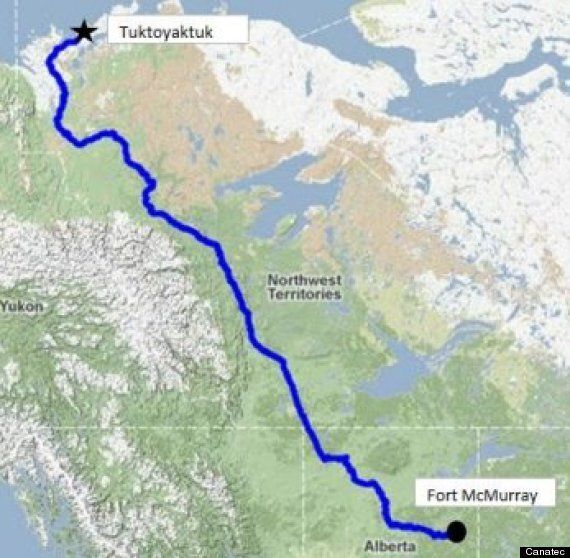Pipeline proponents have encountered plenty of opposition as they've looked to move oilsands product east, west and south.
They may yet find another option due north.
A report titled "An Arctic Energy Gateway for Alberta" was completed last year but only released recently, The Financial Post reported.
In it, Arctic offshore petroleum consultants Canatec outline the feasibility of moving oilsands product through the Northwest Territories and the Beaufort Sea via pipeline and "ice-class tankers" that could ship it to Asian and Atlantic markets.
They think it can be done, but not without environmental risks.
The report envisions a transportation system that could see dilbit (a mixture of diluent and bitumen) shipped in three directions from the Arctic coast.
The first would take product through the Bering Strait to the Asia-Pacific region; the second through northern Russia to Europe; the third, also to Europe, would head through the Northwest Passage.
Canatec sees three main pipeline routes for moving product north.
The first is a low-volume project that would see a pipeline built from Fort McMurray to the Hay River Delta in the Northwest Territories, where dilbit would be loaded on to barges.

A second option would see a new pipeline built from Fort McMurray to Zama City, Alta. It would connect with an existing line that carries product to Norman Wells, N.W.T.
Another pipeline would have to be built that connects Norman Wells to a port in Tuktoyaktuk, where it could then be loaded on to tankers.

A third route would see a pipeline built directly from Fort McMurray to Tuktoyaktuk.

The authors note the risks that the Arctic Energy Gateway could pose.
They write that shipping petroleum product through "unverified and hazardous routes" could be a challenging obstacle, while also saying that "systemic weaknesses exist within the Canadian and Arctic scenarios of oil spill response."
And as of now, there doesn't seem to be much interest from major players in Canada's oil sector.
A spokesman for TransCanada Corp., which is pushing for the stalled Keystone XL project that would transport oilsands product to the U.S., told The Financial Post that there is not much interest in developing in the Arctic among its shareholders.
Enbridge, meanwhile, told the publication that it has never looked into the Northwest Territories for its proposed Northern Gateway pipeline, which was approved by the federal government earlier this year.
Whatever their interest, Greenpeace spokesman Mike Hudema told Fort McMurray Today that it's "ridiculous that an Arctic route is being considered."
"Not only should we not be expanding the oilsands at a point where we are blowing past so many environmental thresholds, but now we want to endanger one of the last remaining untouched ecosystems?" he told the newspaper.


Follow Us On Twitter
ALSO ON HUFFPOST:
